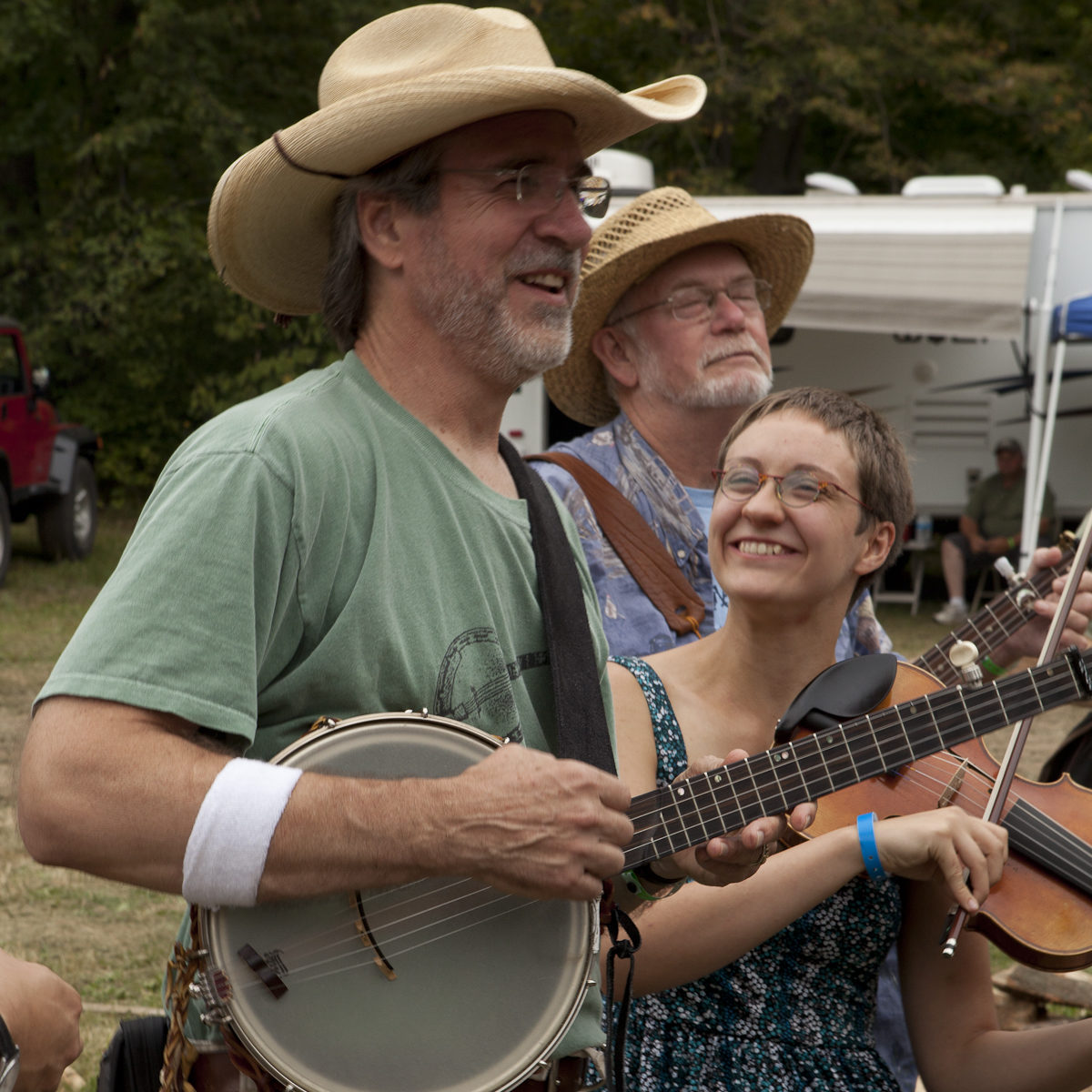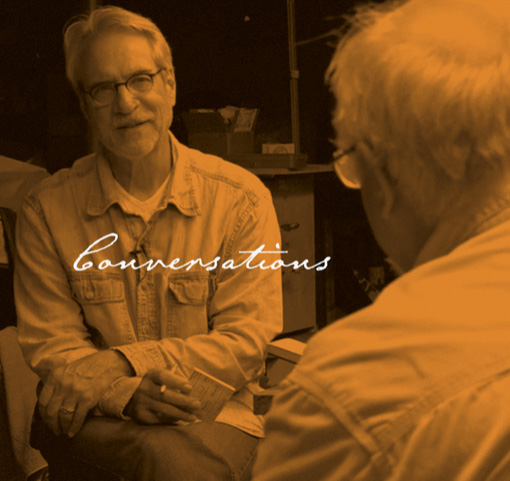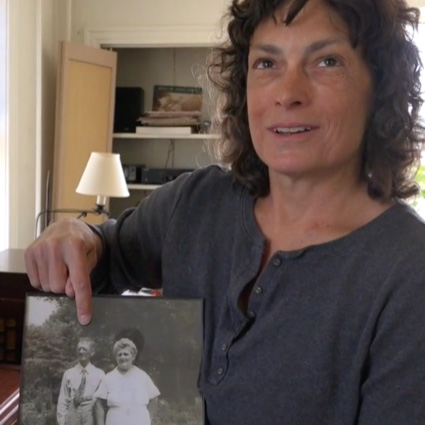My name is Craig Evans.
I’m a banjo-playing film-maker in love with Old-time music and the Community that surrounds it.
There are many passionate “artist” souls in this Community, dedicated to preserving the artform. Some play the music, some make the instruments upon which it’s played, some write new music while others publish historic tunes and songs from long ago. Like me, all of them fell in love with this Tradition and deeply recognize its significance. All of them have stories of how it happened… and why they’ve dedicated their lives to carrying the flame.
These people fascinate me! I want to learn more about them and their passion.
Early on, I decided not to set out to record an academically-vetted timeline of people’s history. Most of that is available on the web. Instead, I opted to discover more about how these people think and feel. What role has this music played in their lives?
Clearly, a “conversation” about such things would be in order.
And what an adventure gathering those conversations would be! How cool to actually be sitting with that person, meeting them face-to-face! Hearing and watching them in the comfort and safety of their private spaces, surrounded by mementoes and reminders of their own life’s history, I could better learn and understand what makes them “tick.” But there’s an added benefit: As mammals, we’re wired to learn from stories, accordingly, 25% by what we hear and 75% by what we see (i.e. the pictures… the story-teller, the surroundings).

“Conversations” became my ideal format.
They could be described as ‘plein air documentaries.’ As with plein air paintings, interviews are recorded in-the-field, observing and capturing the subject in the context of their environment (ie: home, studio or shop). And since they’re done ‘on-the-spot’, the ‘tool marks’ necessary to film can show (ie. lights, cameras, headphones). But through this technique, viewers are there, in person, basking in the light of the individual telling their life stories.
The individual programs reflect as much relevant info as I can gather in the 90-minute to 2-hour ‘live’ window I typically spend with each person. As ‘conversations,’ the final 25-35 minute shows are often presented (edited) in the order they were recorded… sometimes out of sequence (i.e. an ‘after-thought’ is added later), as conversations usually run. These are not television shows. They’re ‘snapshots in time.’ So they’re spontaneous by design (i.e. some thoughts are even captured during staging/set up). Pretty, formal or neat doesn’t always facilitate reality. Conversations are ‘real life.’
As a documentarian, I also choose to include what stories/features/elements are most important to help define my subject (i.e. wall pictures, mementoes). A few years ago, while discussing this content choice with a respected video colleague, he told me “you didn’t realize it, but your authenticity is showing.”

“’Conversations’ are not polished, they’re real... like the person. That’s my goal.”
–Craig Evans
One more benefit: Videos of conversations, where a person in the context of their home or work space presents their own narrative, demonstrate passion.
Passion—what Gustav Mahler calls “fire”—evidenced by body animation, voice dynamics, eye contact and more is something mammals see, hear and intuitively understand. This emotion, primarily expressed as joy is not only evident, it’s infectious. An academic history written on such a life can be more thorough, but it clearly lacks in-the-moment sincerity and encouragement found in a conversation that invites a viewer to share in the joy of the arts.
My goal has never been to capture the jot and tittle of one’s life’s facts. I chose to share the content and presentation of my subject’s individual blessings. Witnessing messages of passion (fire), hope and love inspires others… hopefully to participate in the joy of Traditional Music and Community. Every individual in my series has been blessed with these gifts. In conversationally capturing their messages—inspiring viewers to share the fire and joy—I’m passing along the blessing.
That is the goal.

